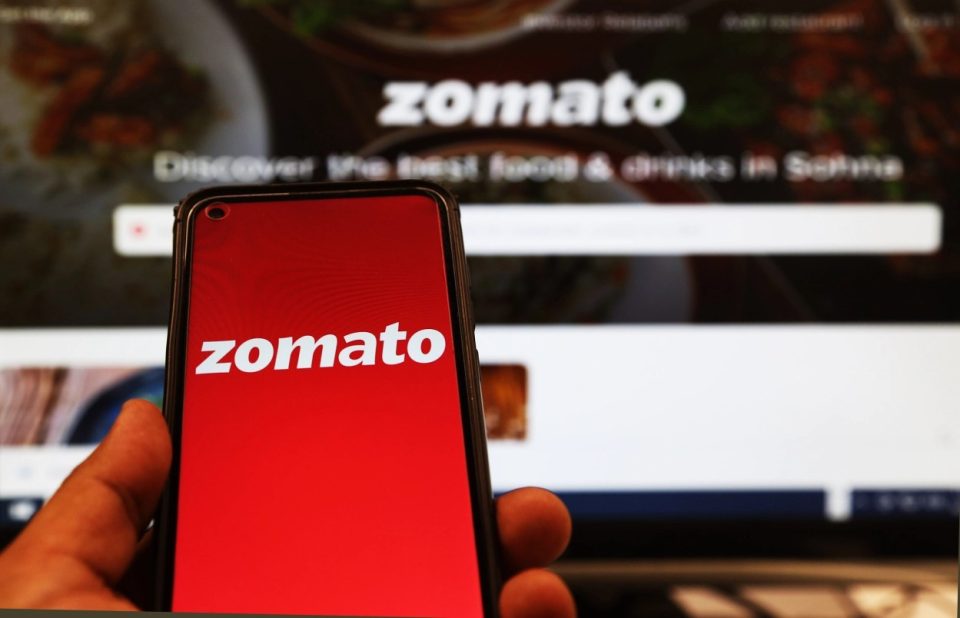Shares of Zomato Ltd hit a one-year high, having soared almost 53% in the past two months. The stock was trading above the issue price of Rs 76 per share.
The stock touched a high of Rs 77.35 per share, a level last seen on April 26, 2022. At 1 pm, the stock was trading at Rs 77 on the BSE, up 1.64% from its previous close. The stock has risen nearly 53% since March. It is still down 52% from its all-time closing high of Rs 160.30 on November 15, 2021.
Investors are buying the stock due to several positive factors, such as improving earnings and Jefferies’ Chris Woods recently adding stocks from his long portfolio to his two long-only portfolios, each with a 4% allocation the weight of.
Analysts were upbeat after the company reported a narrowed loss for the March quarter. Zomato’s net loss narrowed to Rs 188 crore from Rs 360 crore a year ago and Rs 345 crore a quarter earlier. Zomato’s consolidated revenue rose 70% year-on-year to Rs 2,056 crore.
According to Jefferies, the improved profitability will be primarily driven by margin expansion in the food sector and reduced losses at Blinkit. Despite obstacles to growth posed by challenging macroeconomic conditions, management has shown a sense of urgency to improve profitability, even with the launch of the Gold Programme.
Recent news of MSCI’s weighting increase on Zomato and revisions to ONDC’s incentives and discounts also boosted investor sentiment. The company’s recent increase in its weight in the MSCI index could have sparked $59 million in inflows and an increase of 77 million shares.
The Open Network for Digital Commerce (ONDC) has revised its incentive scheme for network participants to reduce reliance on discounts to boost adoption. The move largely addresses concerns about the network’s ability to break up the duopoly of Zomato and Swiggy. Due to reduced incentives, ONDC’s daily order value has plummeted by around 64%, currently at 9,000 compared to peak levels.
The ONDC adjustment comes in response to growing observations by internet analysts who have highlighted that the initial volume of food deliveries on the platform was unsustainable.





